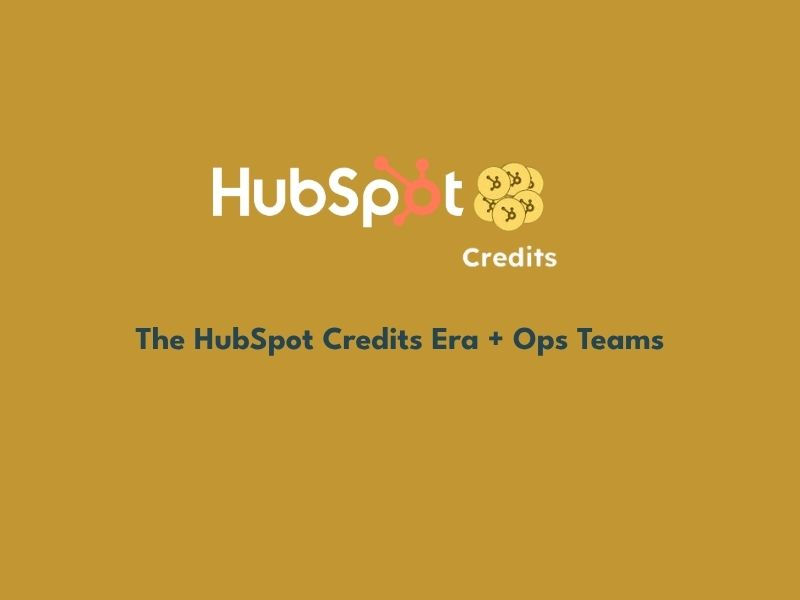Build a B2B SaaS GTM Ecosystem for Sustainable Growth
- Chasity Gibson

- Jan 10
- 3 min read

Let's be honest, the B2B SaaS world is full of shiny objects. The latest marketing fad, that "must-have" tech tool, the promise of viral growth… It’s tempting to chase after these, especially when you're bootstrapping and resources are tight. But focusing on individual tactics instead of building a holistic Go-To-Market (GTM) ecosystem is a recipe for wasted time and money.
I recently read an intriguing article about Asana's success, and it highlighted a crucial point: sustainable growth comes not from isolated wins but from a robust, well-integrated GTM system. Think of it like building a house: you can't just slap on a fancy front door and expect it to stand. You need a solid foundation, strong walls, and a reliable roof – all working together.
The same principle applies to your B2B SaaS startup. Instead of focusing on individual strategies like a single, expensive ad campaign or a new social media platform, prioritize building a comprehensive GTM ecosystem. This means integrating various elements to create a synergistic effect, maximizing your impact and return on investment (ROI).
What does a well-rounded GTM ecosystem look like?
It's more than just marketing. It's a cohesive system encompassing:
Targeted Messaging & Positioning: Clearly defining your ideal customer profile (ICP) and crafting messaging that resonates with their specific needs and pain points. This forms the foundation upon which all other strategies are built.
Effective Lead Generation: Employing a multi-channel approach, including content marketing, SEO, paid advertising (carefully targeted!), and networking, to consistently generate high-quality leads. Don't rely on a single source – diversify your efforts.
Nurturing & Conversion: Implementing a robust lead nurturing strategy to guide prospects through the sales funnel, providing valuable content and personalized interactions to build trust and drive conversions.
Sales Process Optimization: Streamlining your sales process to ensure efficiency and effectiveness. This could involve implementing CRM software, refining your sales scripts, or improving your sales team's training.
Customer Success & Retention: Focusing on customer success is critical for long-term growth. Happy customers become advocates, driving referrals and repeat business. This often involves proactive support, onboarding, and ongoing engagement.
Data & Analytics: Tracking key metrics across all aspects of your GTM to identify what's working and what's not. This data-driven approach is essential for continuous improvement and optimization.
Why this approach trumps flashy campaigns:
Shiny new marketing campaigns can generate short-term gains, but they often lack sustainability. A well-rounded GTM ecosystem provides a more reliable and predictable path to growth because it's built on a strong foundation of understanding your customer, providing value, and continuously optimizing your processes.
How to build a GTM ecosystem:
Building a GTM ecosystem takes time and effort, but it’s an investment that pays off. Start by:
Defining your ICP: Who is your ideal customer? What are their challenges and goals?
Auditing your current GTM: What’s working well? What needs improvement?
Prioritizing key areas: Focus on the elements that will have the biggest impact.
Implementing and iterating: Continuously monitor your progress, adapt your strategy based on data, and refine your processes over time.
Building a robust GTM ecosystem is not a quick fix; it's a marathon, not a sprint. But the long-term benefits of sustainable, predictable growth far outweigh the allure of fleeting, superficial gains. Focus on building a solid foundation, and watch your B2B SaaS startup thrive.




Comments